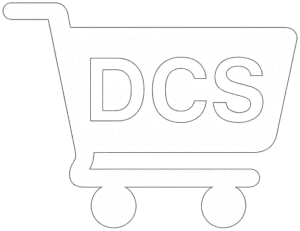Introduction to Checkout Segmentation
Have you ever wondered why some online stores make it effortless to complete a purchase while others leave you feeling confused or frustrated? The secret sauce often lies in checkout segmentation. This tactic can be a game-changer, boosting your sales by tailoring the checkout experience to fit the diverse needs of your customers. Let’s dive into the world of checkout segmentation and discover how it can transform your e-commerce business.
Why Checkout Customization Matters
In today’s competitive market, businesses must offer more than just a great product. They need to provide a seamless shopping experience. Checkout customization is key because it addresses the unique requirements and preferences of different customer segments. By optimizing the checkout process, you can reduce cart abandonment, increase conversion rates, and enhance overall customer satisfaction.
Benefits of Checkout Segmentation
- Personalized Experience: Tailor the checkout journey to meet the specific needs of each customer segment, making them feel valued and understood.
- Higher Conversion Rates: By presenting relevant options and information, customers are more likely to complete their purchases.
- Reduced Cart Abandonment: Simplifying the checkout process minimizes distractions and eliminates obstacles, leading to fewer abandoned carts.
- Increased Customer Loyalty: When customers experience a smooth and personalized checkout, they’re more likely to return for future purchases.
Effective Checkout Segmentation Tactics
Now that we understand the importance of checkout customization, let’s explore some tactics to optimize the process:
1. Identify Key Customer Segments
Start by analyzing your customer base to identify key segments. Consider factors like demographics, purchase history, and browsing behavior. The more you know about your customers, the better you can tailor their checkout experiences.
2. Customize Payment Options
Different customers prefer different payment methods. By offering a variety of payment options, you cater to each segment’s preferences, making it easier for them to complete their purchase.
3. Streamline the Process
Keep the checkout process simple and intuitive. Remove unnecessary steps and distractions, ensuring that customers can swiftly move from cart to confirmation with minimal effort.
4. Implement Dynamic Content
Use dynamic content to display relevant promotions, recommendations, or messages based on the customer’s segment. This makes the checkout process feel more personalized and engaging.
5. Test and Optimize
Continuously test different strategies to see what works best for each segment. Use A/B testing to refine your approach and optimize the checkout process over time.
Conclusion: Transform Your Checkout Experience
By leveraging smart checkout segmentation tactics, you can create a more personalized and efficient checkout experience. This not only boosts sales but also builds stronger relationships with your customers. Remember, the key is to continuously learn from your audience and adapt your strategies to meet their ever-evolving needs.
